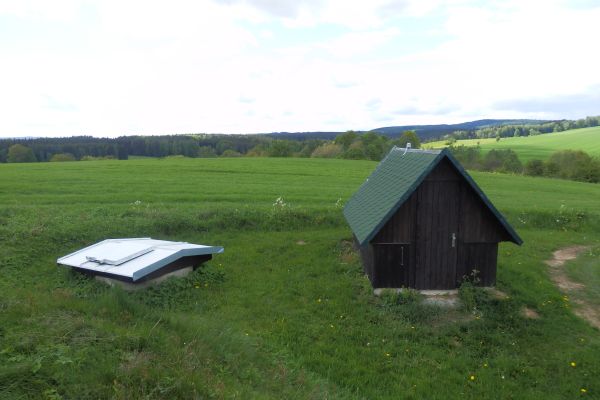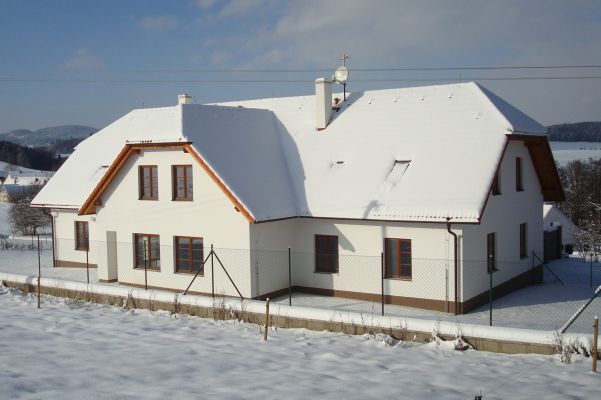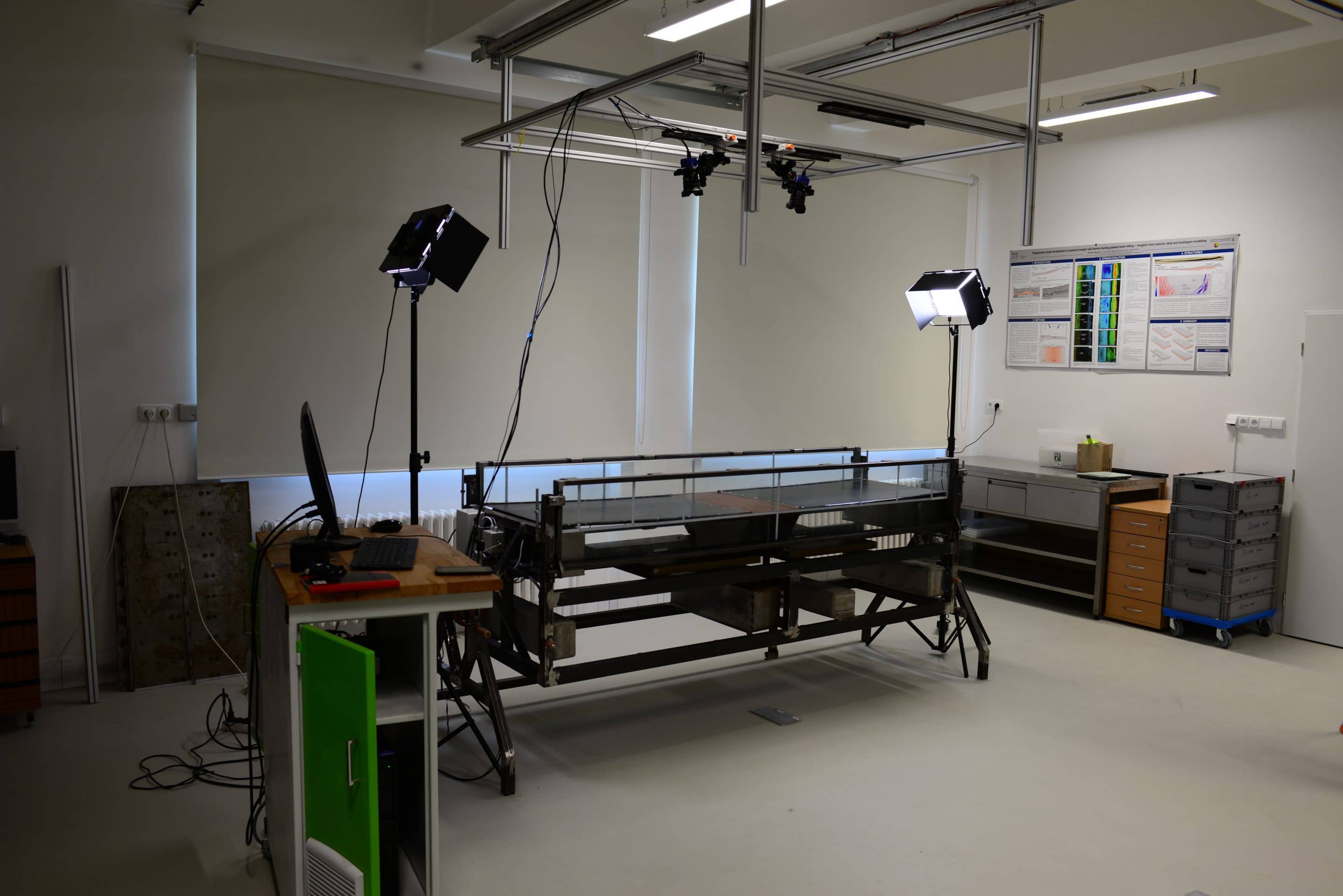Czech regional seismic network monitors earthquakes, rockbursts and explosions in mines in the Czech Republic, in central Europe and globally. It consists of twenty broadband stations situated in the territory of the Czech Republic. Data is transferred in real time to the data center at the Institute. Seismic service performs daily analysis of earthquakes, creates bulletins of readings of seismic stations and catalogues regional events. Digital data is provided to international data centers and serve e.g. to expedite the location process of prominent earthquakes in the world.
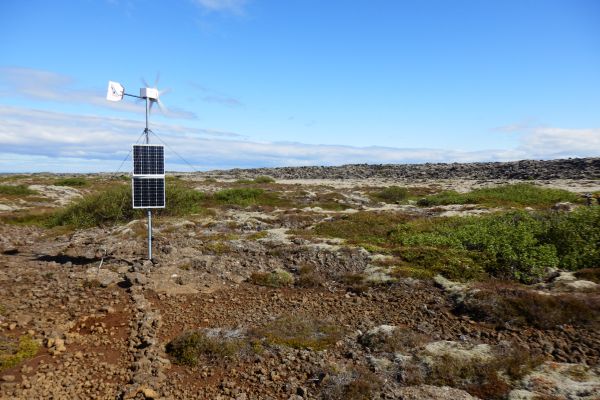
Local seismic network REYKJANET is deployed in Reykjanes penninsula in the southeastern tip of Iceland Mainshock-aftershock sequences as well as earthquake swarms occur in this region close to the North Atlantic ridge. Stations in the REYKJANET network operate in off-line regime. Data is copied several times a year during the service visit of the stations and sent to the Institute of Geophysics in Prague for processing. The network of seismic stations is operated by the Institute of Geophysics jointly with the Institute of Rock Structure and Mechanics.
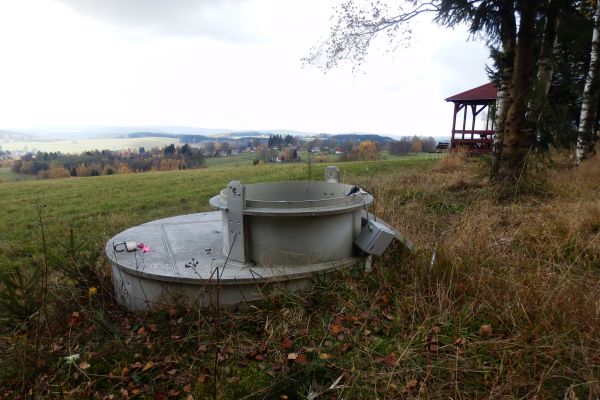
MOBNET is a pool of seismic stations installed temporarily in tectonically different regions in the frame of collaborative seismic experiments. The pool consists of 65 portable units. About half of the seismometers of the pool are short period Lennartz Le-3D sensors, the rest are tree-component broad-band seismometers – Streckeisen (STS-2) and Guralp (CMG-3T, CMG-3ESP, CMG-40T). GAIA data acquisition systems work mostly in offline regime. MOBNET stations have been deployed in international passive seismic projects RETREAT, LAPNET, PASSEQ, MOSAIC, BOHEMA and AlpArray.
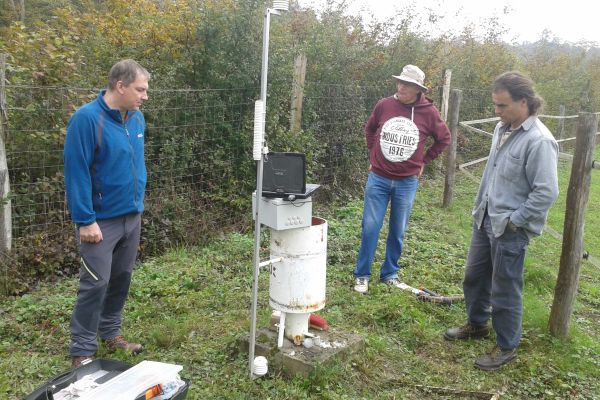
In the geodynamic networks CZET, WEBGEODYN and GREVOLCAN we perform measurements of the earth tides at several tiltmeter stations, precise measurements of surface displacements by the GNSS technology, and observations of the earth’s gravity field and its temporal variations. As well, we continuously record changes of groundwater level at wells. Beside these permanent observations we investigate location, composition and activity of volcanic structures in West Bohemia, Bavaria and Greece.
In the Tectonic modelling laboratory (TML), we perform physical analog experiments to investigate large-scale and long-term geological processes, such as orogenic buckling, salt tectonics in rift basins and fold-and-thrust-belts as well as magmatic plumbing systems. Our laboratory infrastructure consists of a number of modelling devices to simulate tectonic shortening and extension, pure and simple shear strain, magmatic intrusions and eruptions as well as sediment deposition systems. To record deformation and strain patterns, our laboratory is equipped with modern strain quantification techniques such as a 3D digital image correlation system and anisotropy of magnetic susceptibility generated by magnetic particles aligned in the deformed material.




